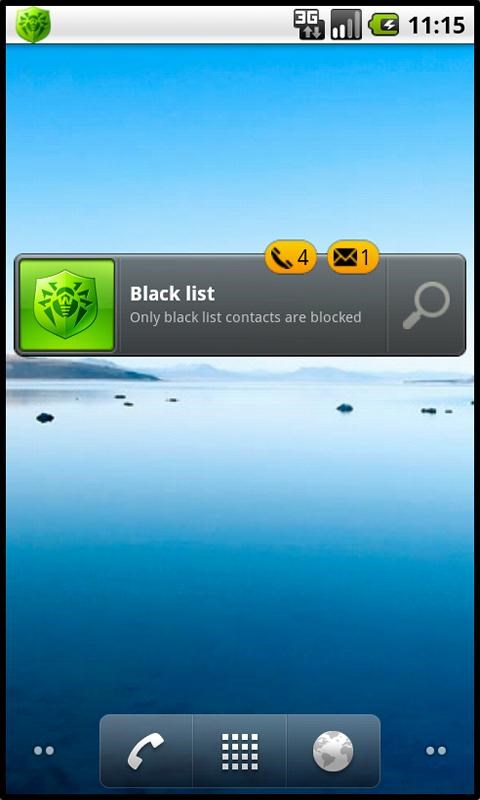

A firmware password prevents starting up from any internal or external storage device other than the startup disk you’ve selected. You may have to enter a password, such as a firmware password or the password of the user who’s an administrator of the Mac.

Startup is complete when you see the utilities window.

Continue holding the keys down until you see the Apple logo or a spinning globe. To use macOS Recovery on an Intel-based Mac, hold down Command (⌘)-R on your keyboard immediately after restarting your Mac or immediately after your Mac begins to restart. MacOS Recovery Mode on an Intel-based Mac From a shutdown state, double-press and hold the power button to boot into Fallback recovery OS. However, it won’t allow you to change the system security state - which most of us probably shouldn’t mess with anyway. It’s the same process as recoveryOS boot, except that it boots to a second copy of recoveryOS that, in Apple’s words, “is kept for resiliency.” If macOS Recovery Mode didn’t solve your problems, you can give “Fallback recovery OS” a try. Choose “Apple menu () > Startup Disk.” To quit the app, choose Startup Disk > Quit Startup Disk.


 0 kommentar(er)
0 kommentar(er)
